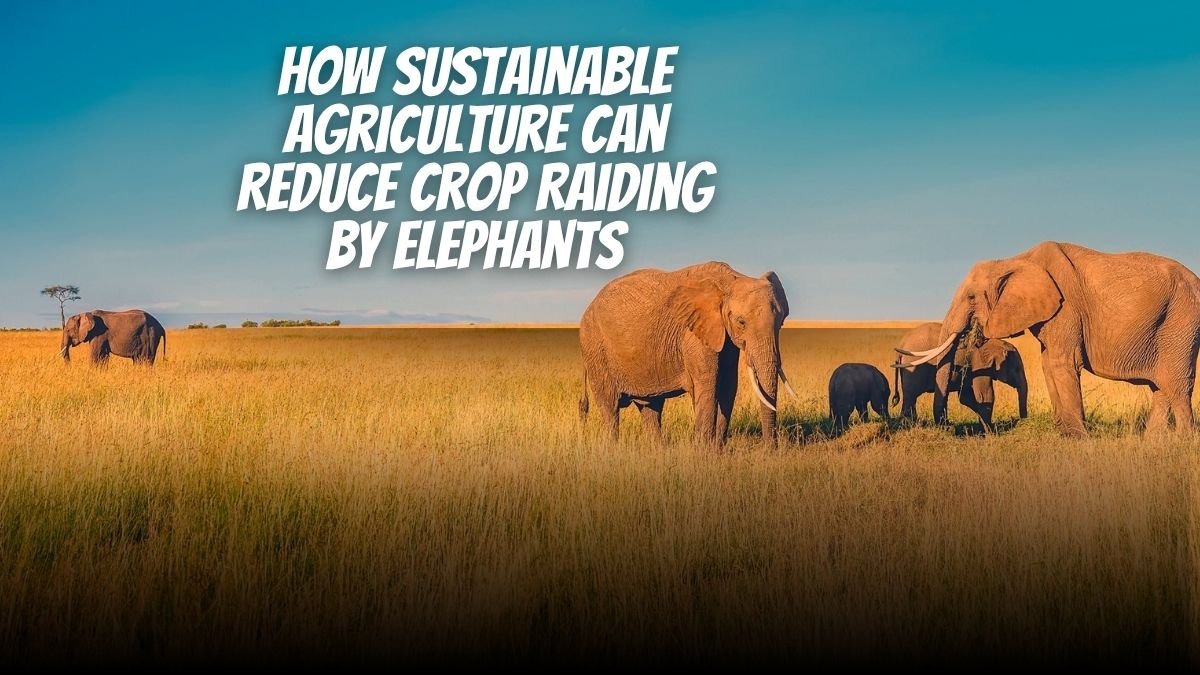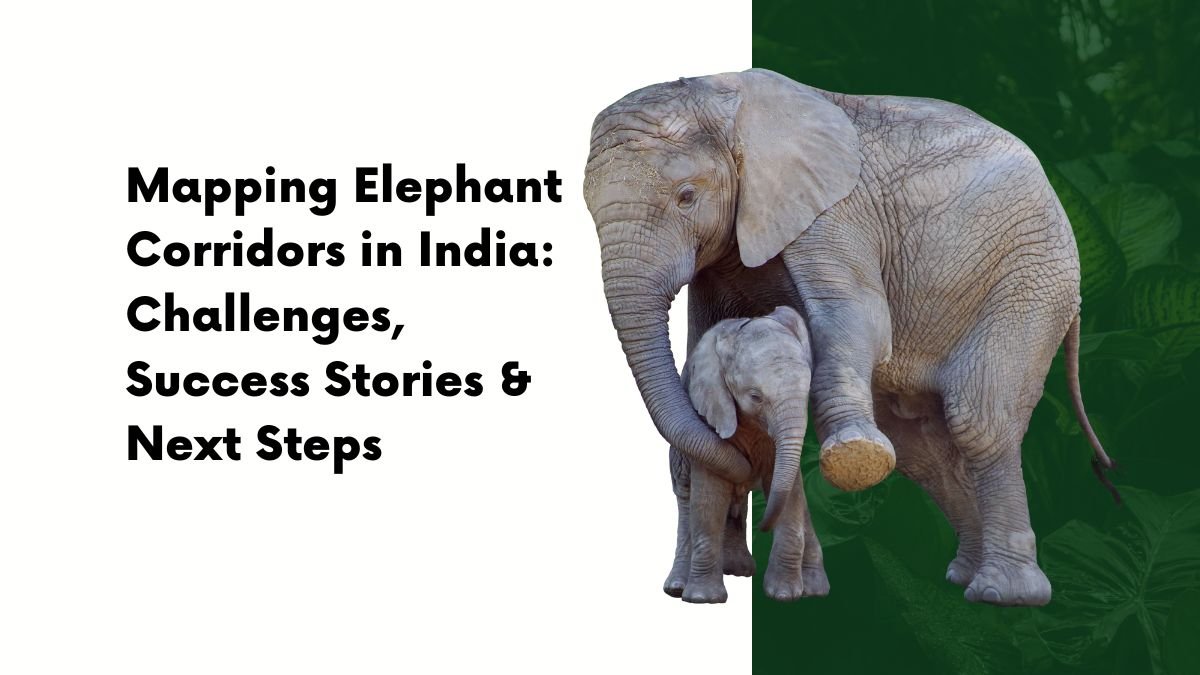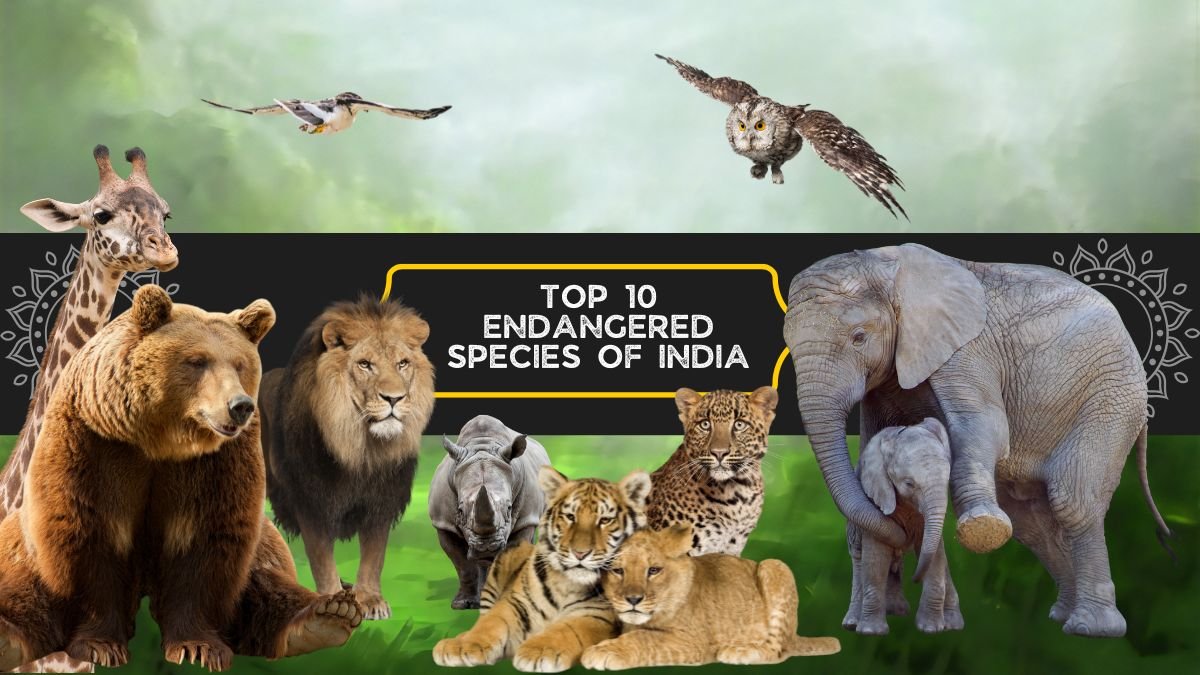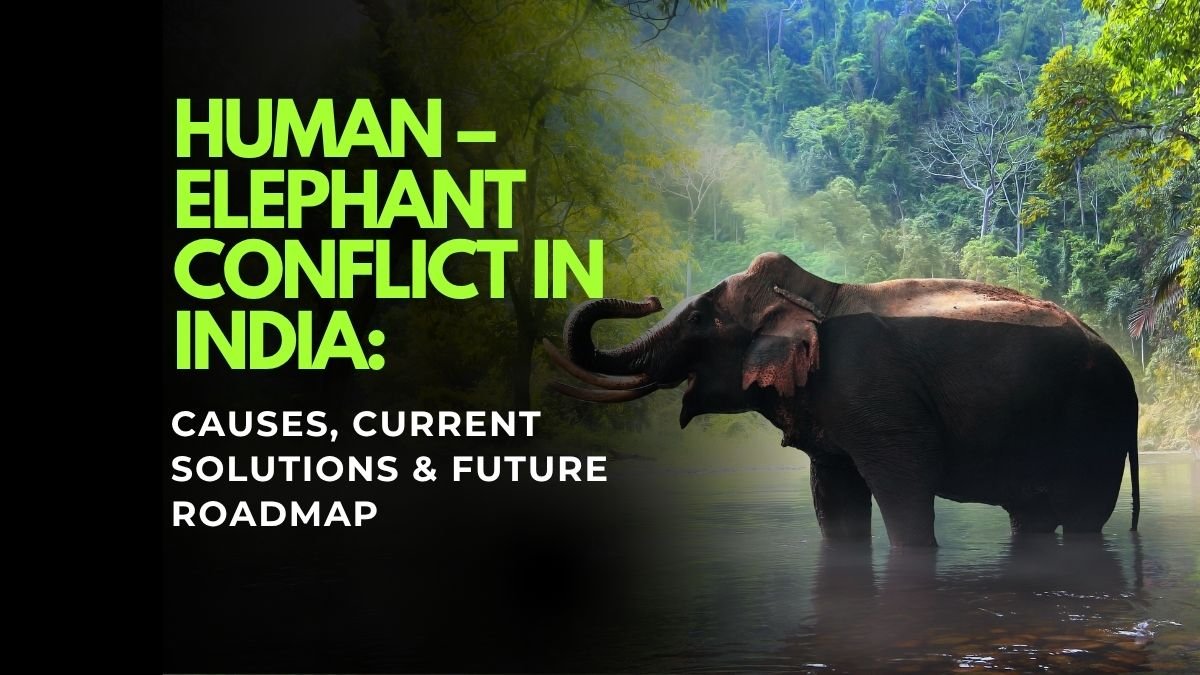How can sustainable agriculture help solve the problem of elephants damaging crops?
This conflict between humankind and animals is an increasingly concerning issue in India, a land of rich agricultural and wildlife cultures. For farmers, the entry of elephants into fields and destruction of crops means huge losses. But the solution to this challenge is also related to nature – and that is sustainable agriculture. In this article, we will understand in detail how sustainable agriculture can help reduce the conflict between elephants and humans.
Crop Diversification: Adopt multiple options, not just one crop
It has often been seen that elephants like certain crops like maize, sugarcane and banana more. When farmers grow only these crops, the attraction for elephants increases further.
What is the solution?
- Do mixed farming (Intercropping) – that is, plant two or three different types of crops together in the same field. For example, growing turmeric or ginger along with maize.
- Another answer is diversification of land-based activities, such as ecotourism development, which offers an alternative to agriculture.
While extensive cultivation secures food supply, ecotourism allows for income generation, which not only reduces the concentration of effort on crops but also stimulates forest conservation measures.
Buffer Zones: A protective layer between fields and forest
Buffer zones mean creating a strip along the edge of the field where elephants do not like plants or thorny bushes are grown. This is a kind of “natural fencing”.
Benefits:
- Elephants get a barrier before they enter the field.
- These plants can also be used for beekeeping, cultivation of medicinal plants or organic fertilizer — which gives farmers additional income.
Example: Farmers in Karnataka and Assam have found protection from elephants by planting chili, sour lemon fences or bamboo bushes on the boundaries of fields.
Community Engagement: Finding a solution together
Elephant related problems are not just of a farmer – they are the problems of the entire village, community or region. Therefore, everyone should find a solution together.
How?
- A wildlife alert group can be formed in the village which keeps an eye on the movement of elephants.
- Women and youth can be trained about elephants, what to do and what not to do in times of danger.
- If government and non-government organizations cooperate in this work, then the problem can be solved wisely in the villages.
Use of Technology: Security with the help of science
In today’s era, there are some cheap and sustainable technologies that can keep elephants away from the fields. Some of these are:
- Solar fencing: This is an electric fence connected to a battery or solar panel which gives a mild current, due to which elephants get scared and return.
- Beeping alarm and sensor: This device recognizes the movement of elephants and makes a sound or sends an alert to the farmers on their mobile.
- Bee fencing: Research has found that elephants are afraid of bees. Therefore, elephants can be kept away by hanging beehives on the fence.
Agroforestry: Farming with trees
Agroforestry means including trees in farming. This is not only beneficial for the environment, but also for protection from elephants.
Benefits:
- Trees create a forest-like structure, which diverts the elephants’ attention from the main crops.
- By planting trees like fruit trees, neem, arjun, or teak, farmers can also benefit from wood, fruits and shade.
- This maintains moisture and also improves the quality of the soil.
Sustainable Land Management: Saving soil, saving the farm
When organic manure, rotation farming and natural irrigation techniques are used in the fields, the soil remains more fertile. This makes the plants stronger and reduces their fragrance or sweetness – which attracts elephants.
Example:
- Organic manure provides balanced nutrition to plants.
- Using drip irrigation systems saves water and keeps crops strong.
Such crops are less attractive to elephants and the chances of damage are reduced.
Importance of local experiences and stories
In many parts of India, farmers have already learned from their experiences how to protect crops from elephants. For example:
- In some villages of Jharkhand, firecrackers and bright lights are used at night.
- In Assam, elephants are scared away using bulls and drums.
But when these measures are integrated with sustainable agriculture strategies, they become effective and sustainable.
Conclusion: The solution is at hand
This particular conflict is not a new one. Very old conflicts between elephants and humans can be removed by wise exploitation of natural resources. Agriculture is important in all those regards-the environment, farmer income, and crop safety.
When we grow diverse crops, create buffer zones, use technology, plant trees and work collectively – we create a system where neither the elephants go hungry nor the farmers’ fields are destroyed.















